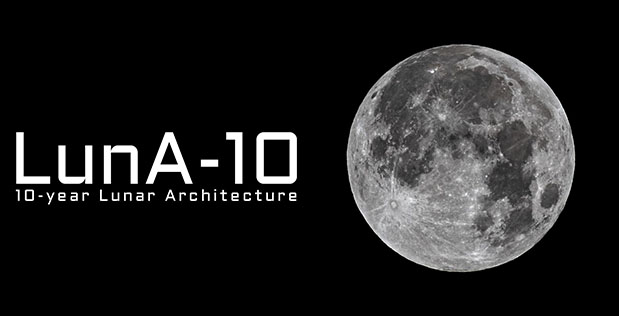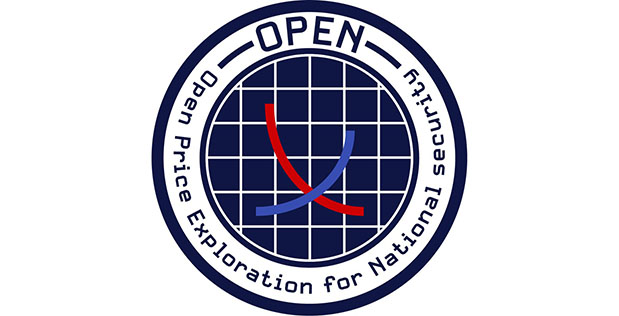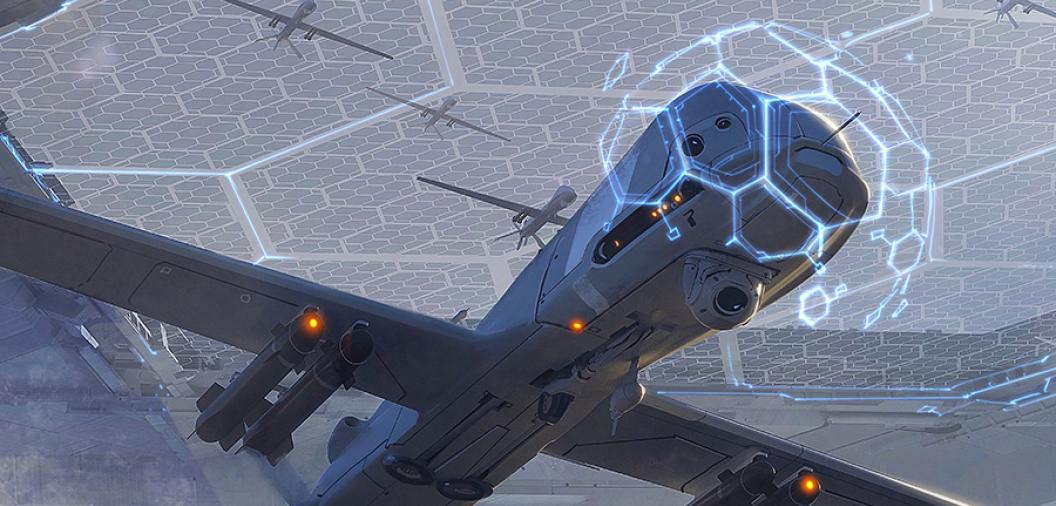About the Strategic Technology Office
The Strategic Technology Office (STO) develops technology to give national security leaders trusted, disruptive capabilities to win in all physical domains—air, space, sea, and land. Our work spans the spectrum of competition, from deterrence to high-end combat.
STO leverages advancements in microelectronics, computing capacity, applied machine learning/artificial intelligence, and other technologies to create advantages for U.S. forces and blunt adversarial strengths. We empower the nation to assert dominance in realms of diplomacy, information, military, economy, finance, intelligence, environment, and technology.
Thrust Areas
Advanced Active and Passive Sensing
STO develops novel technology and methods to find, detect, track, and follow difficult and elusive objects of interest.
Our programs leverage sensing technologies, including radio frequency, acoustic, and electro-optic/infrared, across all domains to create broad networks that leave adversaries with “nowhere left to hide.”
Effects
STO advances systems to achieve and counter kinetic and non-kinetic effects. Areas of interest are acoustics, directed energy, electronic and cyber warfare, photonics, and strategy analysis using modeling and simulation, among others.
Command, Control and Communications
STO creates technologies and concepts to empower human decision making and execute command and control with minimal communications in a highly dynamic threat environment.
Our programs spur innovations to enhance operational and strategic efforts across the spectrum of conflict, ensuring adaptability, resilience, and reliability. We are interested in complexity management, decision aids, distributed autonomy and teaming, human behavior modeling, communication networks, and more.
New Paradigm of Systems Warfare
We continually work to shape the balance of power and to enable protracted engagements in contested environments. We are working on autonomous systems, technologies, and concepts that advance capabilities and address common issues, such as limited communications, power, weight, adaptability, and cost.
Critical Capabilities to Promote National Resilience
STO develops capabilities to provide our nation with an advantage in expanding areas, such as commercial lunar infrastructure and the protection of critical infrastructure at home and among allies. We leverage advanced technologies to examine areas of commercial, financial, and industrial infrastructure to ensure the resilience of national systems, including energy, transportation, and communication services.
Leadership
STO Technical Office leadership is responsible for guiding and overseeing the research and development activities within specific technical areas DARPA.
Opportunities
Opportunities to engage include R&D programs and efforts, challenge competitions, and technology transition efforts for the Strategic Technology Office. | See all DARPA Opportunities | RSS feed for Opportunities
Use these filters to narrow your results by research topic or date. Search by keyword to find your specific STO opportunity.
Search our Programs
Use these filters to narrow your results by research topic or status. Search by keyword to find your specific STO program.
Brightest Minds in Science and Engineering
Our STO program managers are visionary leaders whose experience spans industry, government, and academia. They conceive, plan, and oversee the high-risk R&D efforts for which we are best known. | See all DARPA program managers
Search our Program Managers
Use these filters to narrow your results by research topic or date. Search by keyword to find a specific STO program manager or their research interests.
Highlights

Catalyzing an integrated lunar economy
The 10-Year Lunar Architecture (LunA-10) Capability Study aims to catalyze the setup of a future commercial lunar infrastructure framework for peaceful U.S. and international use.

Seeking to prove technology capability for global critical materials
The Open Price Exploration for National security (OPEN) program aims to develop forecasting technology to enable the market to better understand component-based pricing information and supply and demand.

New paradigm for flexible, point of need design and manufacturing
DARPA’s new Rubble to Rockets (R2) program aims to overcome current limitations to manufacturing in supply chain-denied environments by developing production and design approaches.

